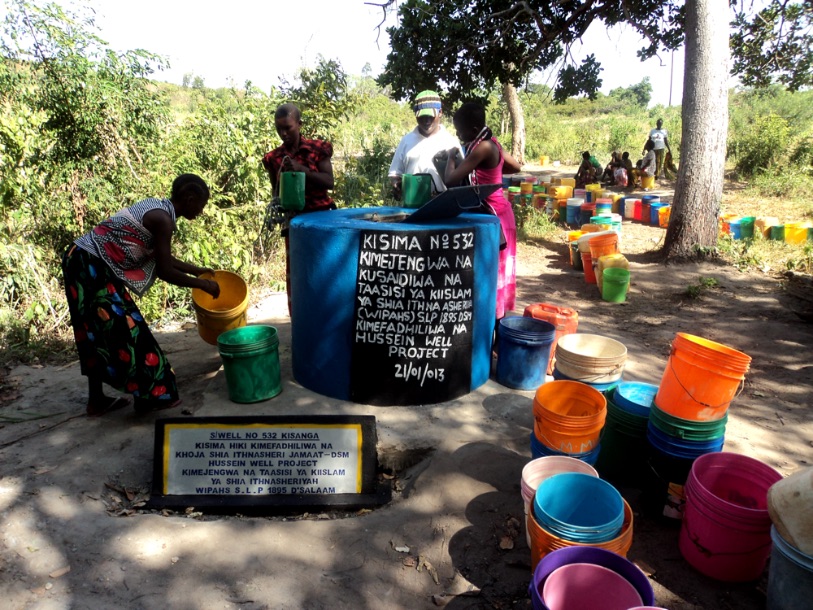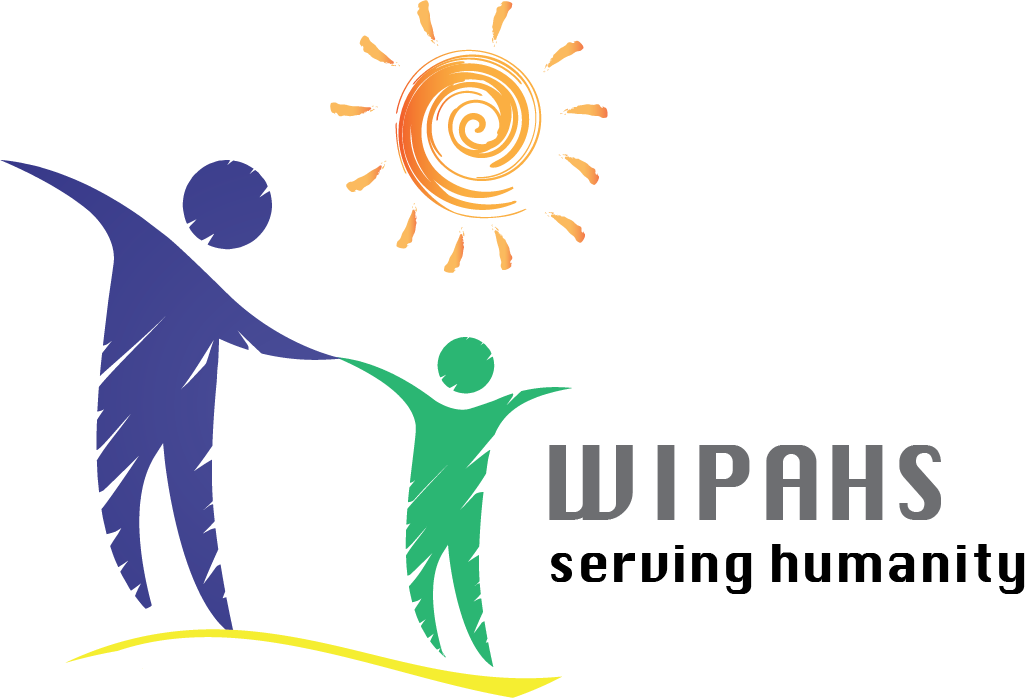In 2010, the United Nations General Assembly declared access to clean water and sanitation as a basic human right, yet millions don’t have an opportunity to share in this human right. Water scarcity is on the rise, and in developing nations in particular, “unclean water is an immensely greater threat to human security than violent conflict.”
Poverty in Africa can be measured by lack of access to safe and adequate water supply—for sanitation and food production. Without clean water supplies, people are forced into unsanitary water use, which results in higher levels of communicable disease, which weakens communities even further. It is estimated that 2.2 million children die from diarrhea every year.

The solution is simple: build a well.
WIPAHS has called their project ‘Give Water To The Thirsty,’ Their team takes two strategies: the Shallow Wells project and the Rota Sludge Wells project. Shallow Wells involves sending a team to dig wells in remote areas like Bagamoyo, Kilwa, Tempe, and Kibada, to name only a few.
Already, the WIPAHS team is responsible for 800 more wells and counting. To dig and maintain a shallow well requires roughly $1,500 US—it goes without saying that that’s money well spent and value quickly paid back toward the development of the community as a whole.

